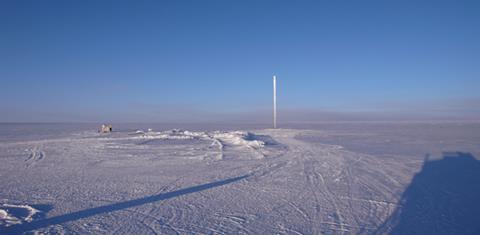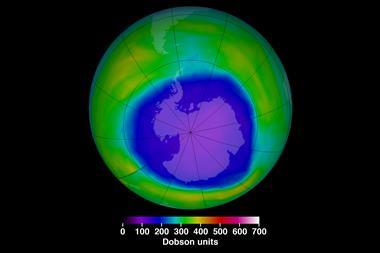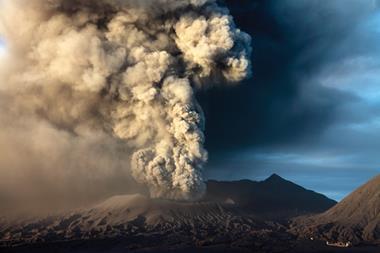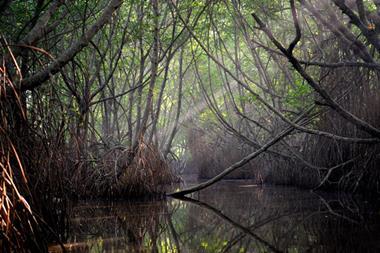Newly discovered part of the water cycle acts to conserve sheet mass
Following reports Greenland’s ice sheet has started melting a month earlier than anticipated this year, an international group of scientists has now discovered the sheet can recapture water it loses to the atmosphere.

Extending across 1.7 million km2 and trumped in size only by the Antarctic ice sheet, Greenland’s ice sheet covers roughly 80% of the country. The sheet forms a vital part of the Earth’s water cycle. Snowfall in the winter months freezes on the glacier’s slopes, with a constant flow of ice forcing its mass to shift and flow.
In summer, the sheet’s coastal regions begin to melt. But the same isn’t true for colder regions further inland that are at higher altitudes where the temperature never falls below freezing. Even so, ice in these areas can sublime, passing water vapour into the atmosphere.
Max Berkelhammer from the University of Illinois, US, and his colleagues have found these regions can actually recoup this water. The team measured water vapour levels at varying heights above the surface using laser absorption spectrometry.
From their observations, sublimated moisture condenses onto fog particles, which gradually fall to the surface. The team argue this form of recycling acts to conserve the sheet’s mass and may impact future studies on the dynamic glacial system.
References
M Berkelhammer et al, Sci. Adv., 2016, DOI: 10.1126/sciadv.1501704












No comments yet